Vietnam’s National Healthcare digital transformation: The four key pillars of development
Digital transformation (DT) in disease prevention and healthcare, DT in medical treatment, DT in healthcare management, and an international online specialized seminar have become the four pillars of development in Vietnam’s national healthcare digital transformation program.
On the morning of October 29, 2023, the Ministry of Planning and Investment, in collaboration with the Ministry of Health, organized the “Forum on the Application of Healthcare Technology in Healthcare: Introduction and Connectivity for Innovation and Creativity Potential” at the NIC Hoa Lac campus.
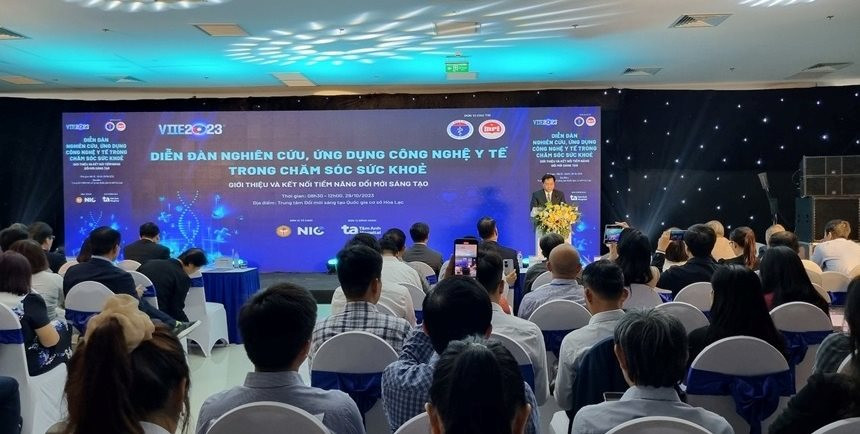
Forum “Application of medical technology in health care: Introducing and connecting innovation potential” took place at NIC Hoa Lac campus
The Minister of the Ministry of Planning and Investment stated, “Healthcare digital transformation is a global trend, and Vietnam is no exception. The Forum on the Application of Healthcare Technology in Healthcare: Introduction and Connectivity for Innovation and Creativity Potential will provide impetus for development, connectivity, and the expansion of collaboration for a healthier future for Vietnam.” This program serves as a platform for knowledge sharing among various industries and plays a crucial role in the development and progress of the healthcare sector in Vietnam.
Decision No. 749/QD-TTg by the Prime Minister on the “National Digital Transformation Program until 2025, with a Vision to 2030” prioritizes the healthcare sector as one of the leading areas for digital transformation. Additionally, Decision No. 2491/QD-BYT issued by the Ministry of Health on June 13, 2023, emphasizes the importance of implementing initiatives, building data repositories, and establishing specialized information management systems. It focuses on the development of digital healthcare platforms, ensuring infrastructure and information security to offer an entirely new healthcare experience that brings value to the people, businesses, and society.
Healthcare digital transformation is a global trend, and Vietnam is no exception. The four main areas – Digital Transformation in Disease Prevention and Healthcare, Digital Transformation in Healthcare Services, Digital Transformation in Healthcare Management, and International Online Specialized Workshops – have become the four pillars of development in Vietnam’s national healthcare digital transformation program.
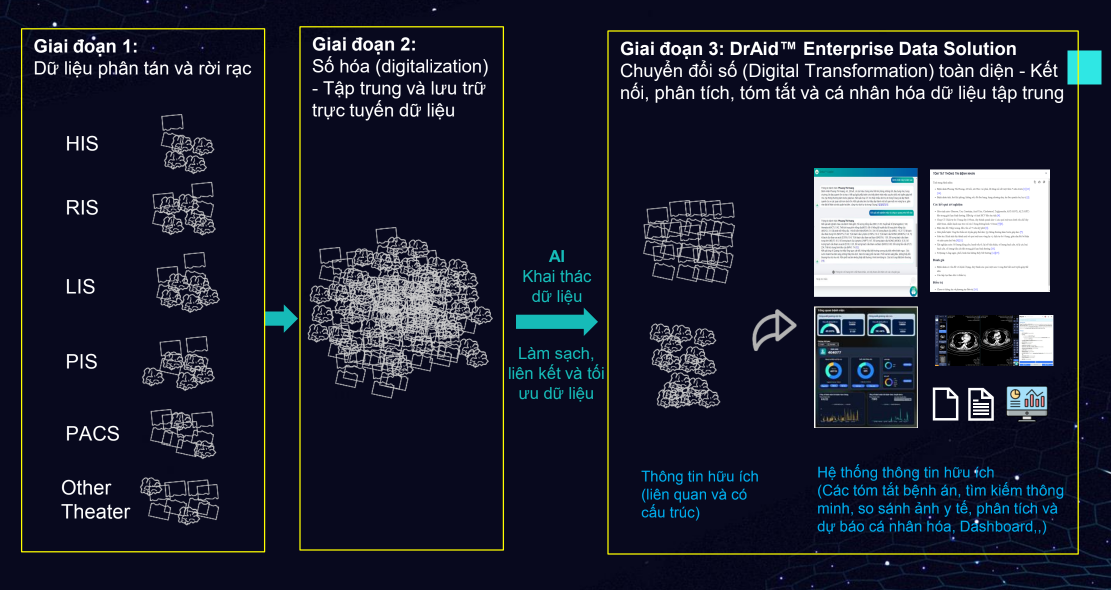
A comprehensive digital healthcare transformation roadmap based on data was presented by VinBrain at the Forum
According to Deputy Minister of Planning and Investment Tran Duy Dong, in the context of the Fourth Industrial Revolution rapidly evolving and having a profound and multi-dimensional impact on a global scale, digital transformation and innovation are becoming increasingly crucial in determining the competitiveness of every country, including Vietnam.
“Therefore, in recent times, with the role of being a pioneering agency leading activities to promote innovation and digital transformation, the Ministry of Planning and Investment has collaborated with international organizations such as UNDP, JICA, JETRO, to implement various activities to support the development of the innovation and transformation ecosystem in the field of healthcare technology,” Deputy Minister Tran Duy Dong stated.
With the aim of boosting the potential for innovation and transformation in the field of healthcare in Vietnam, the “Forum on the Application of Healthcare Technology in Health Care: Introduction and Connection of Innovative Potential” provides a comprehensive overview of critical aspects of the healthcare sector. This includes research and development of healthcare technology, healthcare system management, and related social issues.
At this forum, experienced experts in telehealth models share their practical experiences and lessons learned in applying technology to healthcare environments. They also highlight the benefits of applying artificial intelligence and advanced technology in diagnosing and treating patients. Additionally, discussions will cover proposals and solutions related to emerging trends and modern scientific applications.
Furthermore, the forum serves as a bridge to introduce and connect potential healthcare technology and digital transformation from leading hospitals, centers, research institutes, and top medical universities in the region and around the world.
Source: Tap Chi Thong tin & Truyen Thong | Link
Visit our service| Link
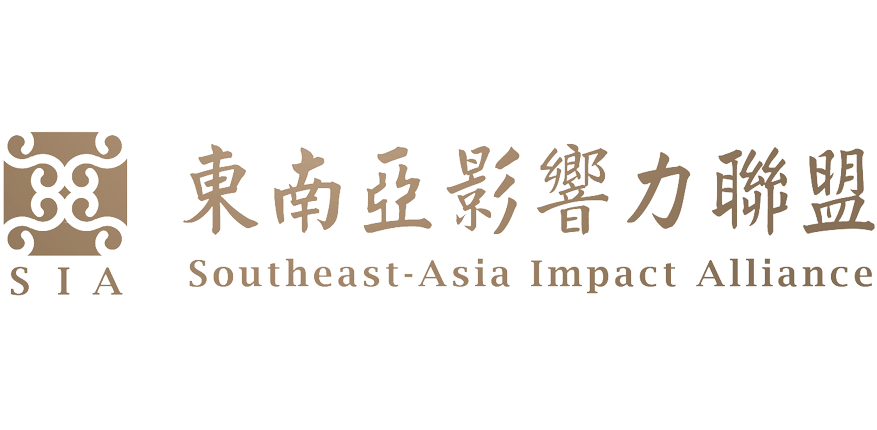

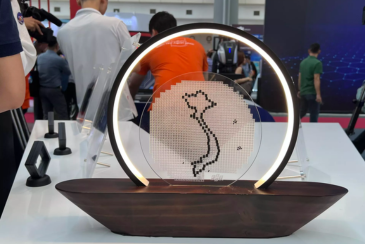

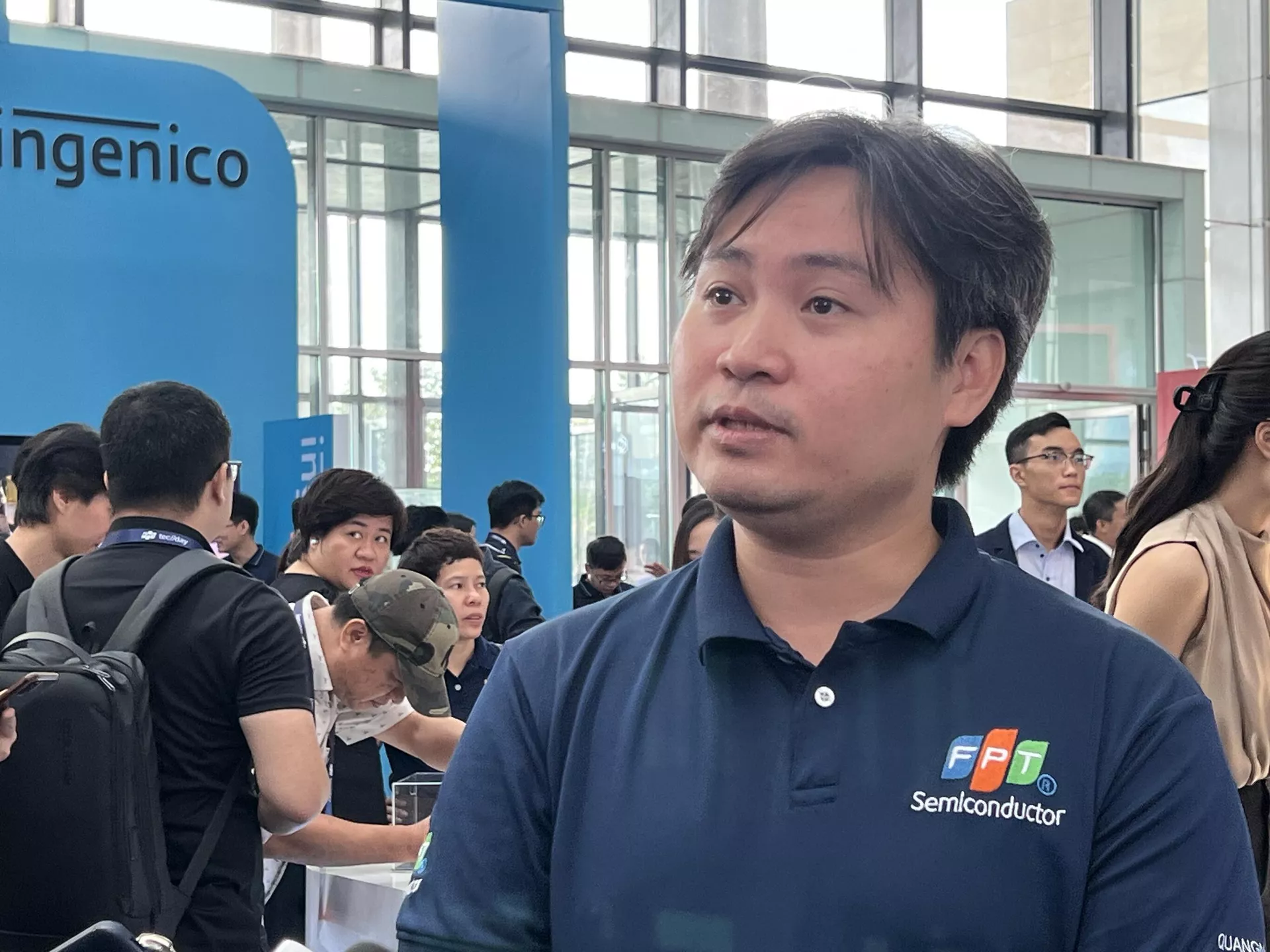







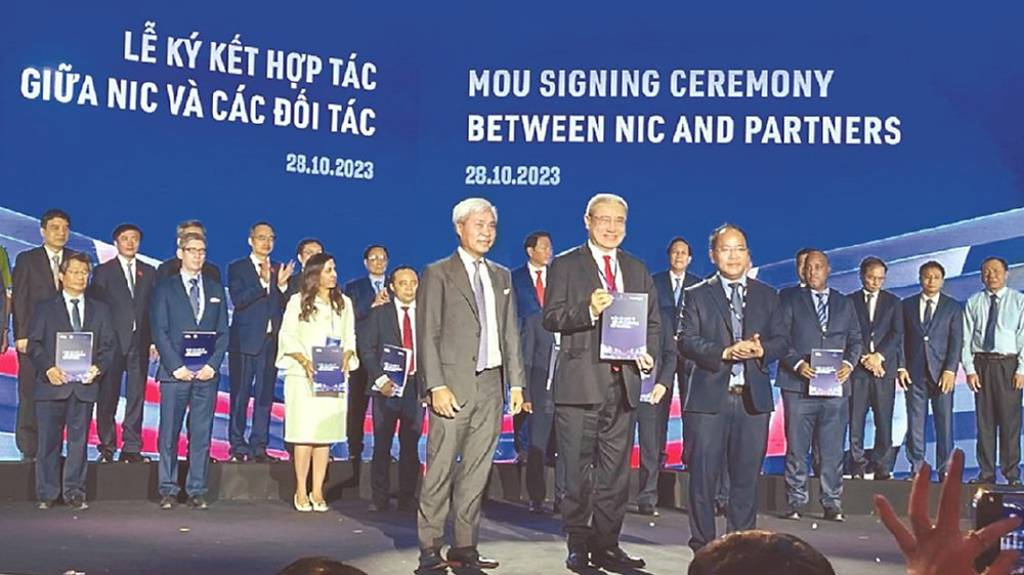



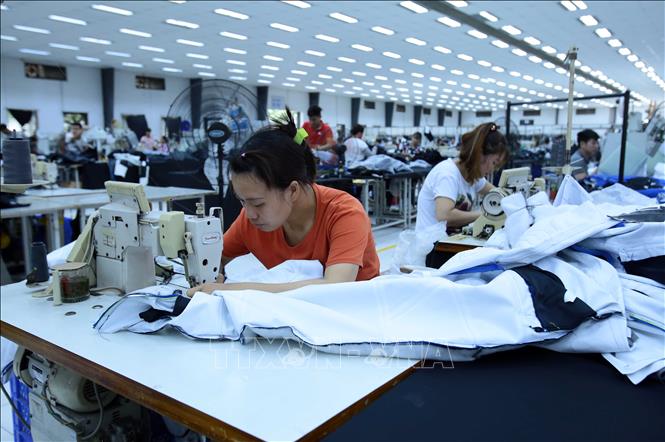

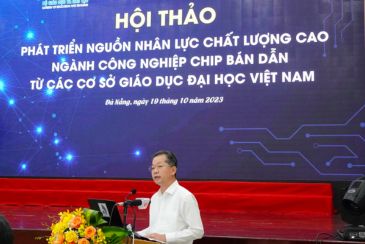
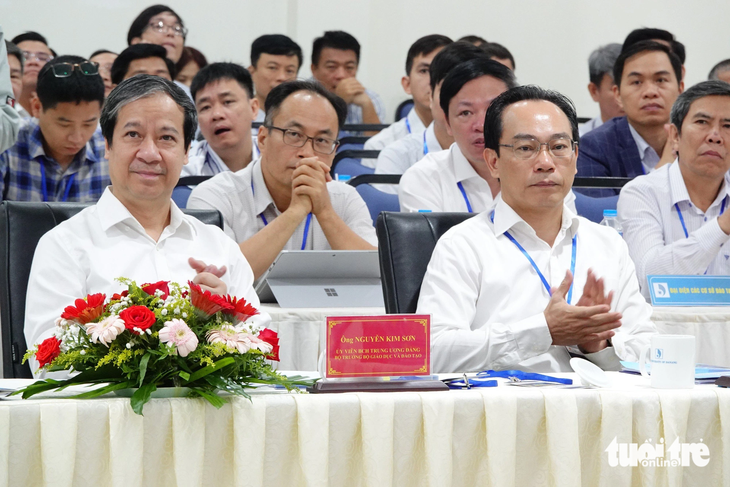 Minister of Education and Training Nguyen Kim Son (left) chaired the workshop
Minister of Education and Training Nguyen Kim Son (left) chaired the workshop


